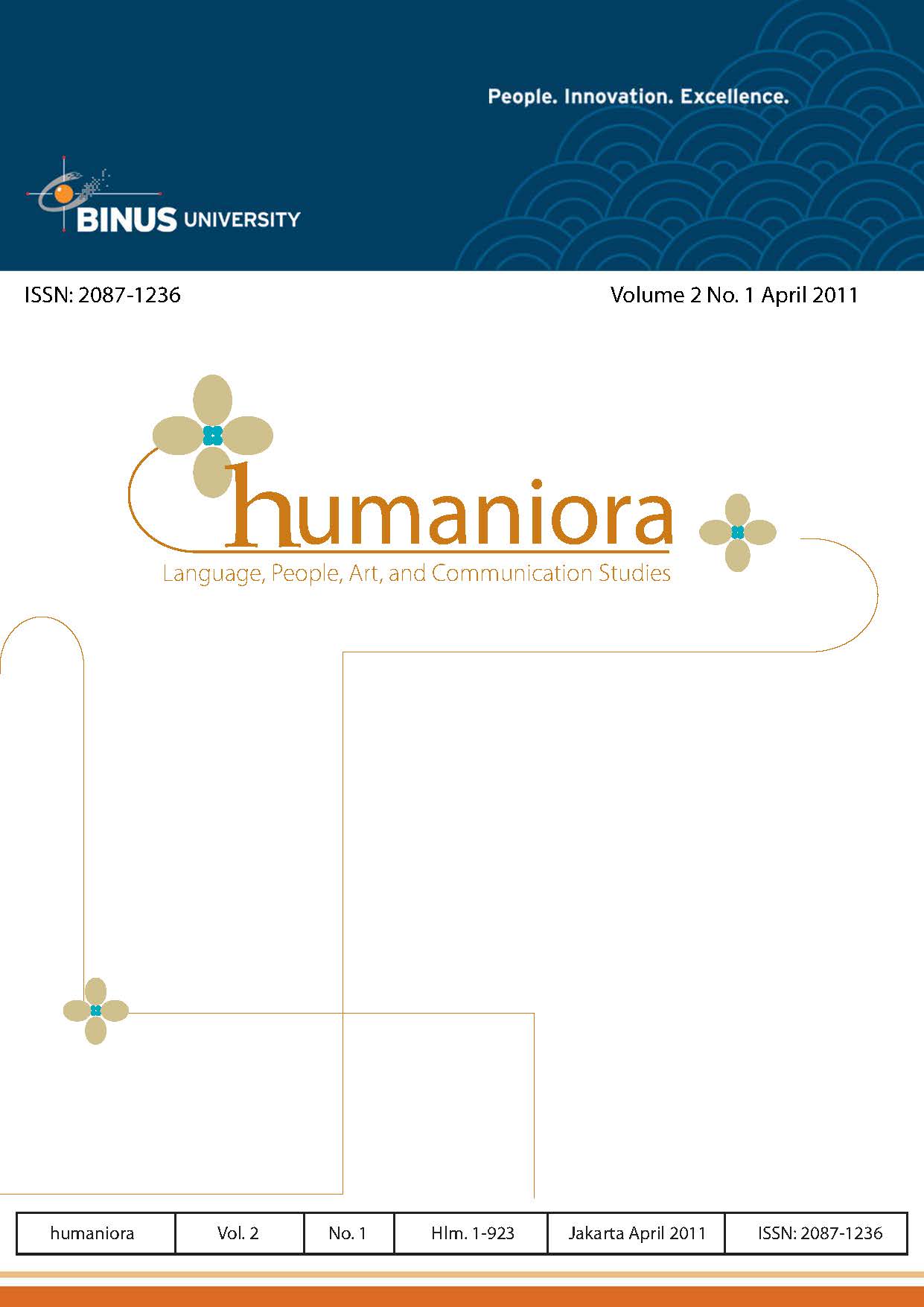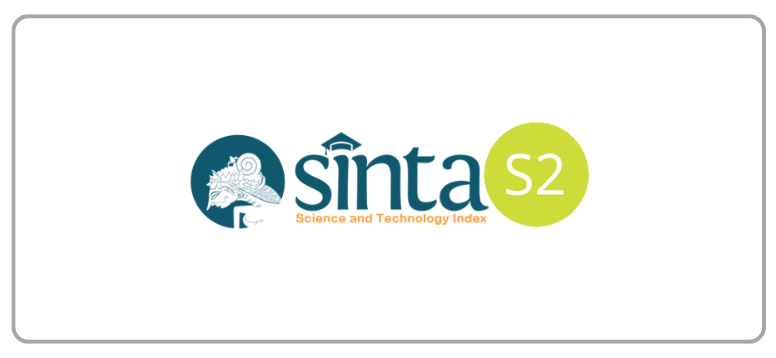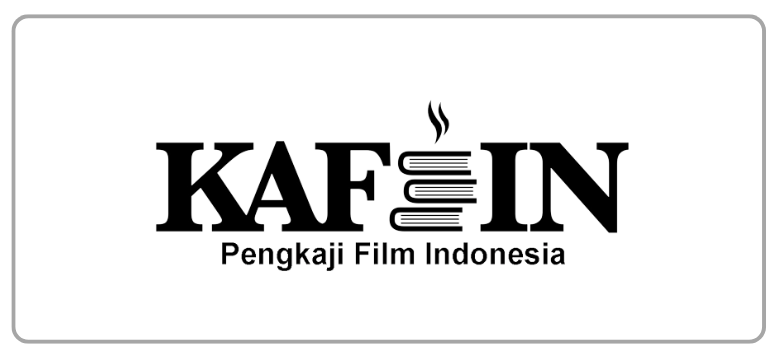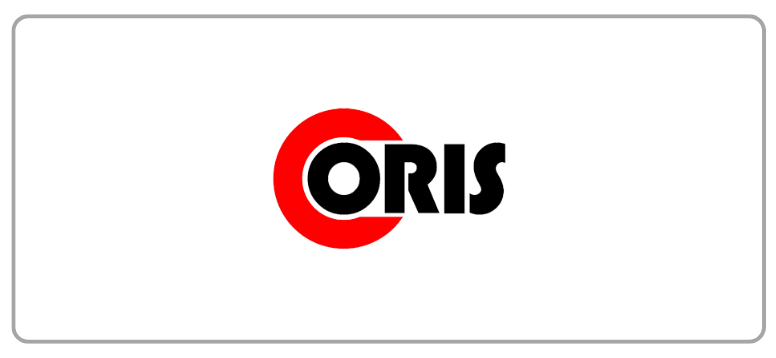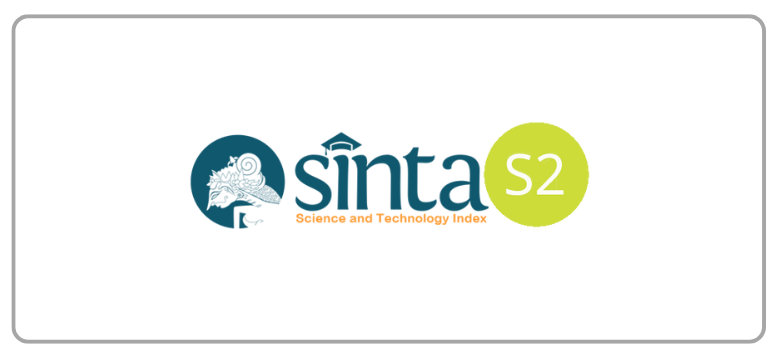Pendekatan Pemandangan Realistik dengan Menggunakan Digital Matte Painting
DOI:
https://doi.org/10.21512/humaniora.v2i1.3051Keywords:
digital, 3D, painting, film, image, cameraAbstract
Movie is one entertainment that is favored by most people. Scenery appearance and spectacular shoots made movie needs high budget for the production. There are shoots looking difficult and needing extra efforts, but obviously it could be solved by using latest technology. Such technology is a combination of 3D and digital painting or image so it could bring digital painting alive: matte painting, a breakthrough in visual effects and movie. The research is conducted through exploration from manipulated images, references and retrieved real images in the specific place. Camera movement is also an important frame to define how far the image will be seen in the camera. So, when it is applied, it has no images that less-showed in camera framing. Although it has limitation in 2D images taken from limited frame, digital matte painting is able to answer industry needs in entertainment to create things that look real.
Â
Â
References
Altiner, A., Cole, D., & Stoski, C. (2002). D'artist matte painting. Adelaide: Ballistic Publishing.
Dennison, M., Uesugi, Y., & Thunig, C. (2004). D'artist matte painting 2. Adelaide: Ballistic Publishing.
Downloads
Published
How to Cite
Issue
Section
License
Authors who publish with this journal agree to the following terms:
a. Authors retain copyright and grant the journal right of first publication with the work simultaneously licensed under a Creative Commons Attribution License - Share Alike that allows others to share the work with an acknowledgment of the work's authorship and initial publication in this journal.
b. Authors are able to enter into separate, additional contractual arrangements for the non-exclusive distribution of the journal's published version of the work (e.g., post it to an institutional repository or publish it in a book), with an acknowledgment of its initial publication in this journal.
c. Authors are permitted and encouraged to post their work online (e.g., in institutional repositories or on their website) prior to and during the submission process, as it can lead to productive exchanges, as well as earlier and greater citation of published work.
USER RIGHTS
All articles published Open Access will be immediately and permanently free for everyone to read and download. We are continuously working with our author communities to select the best choice of license options, currently being defined for this journal as follows: Creative Commons Attribution-Share Alike (CC BY-SA)
